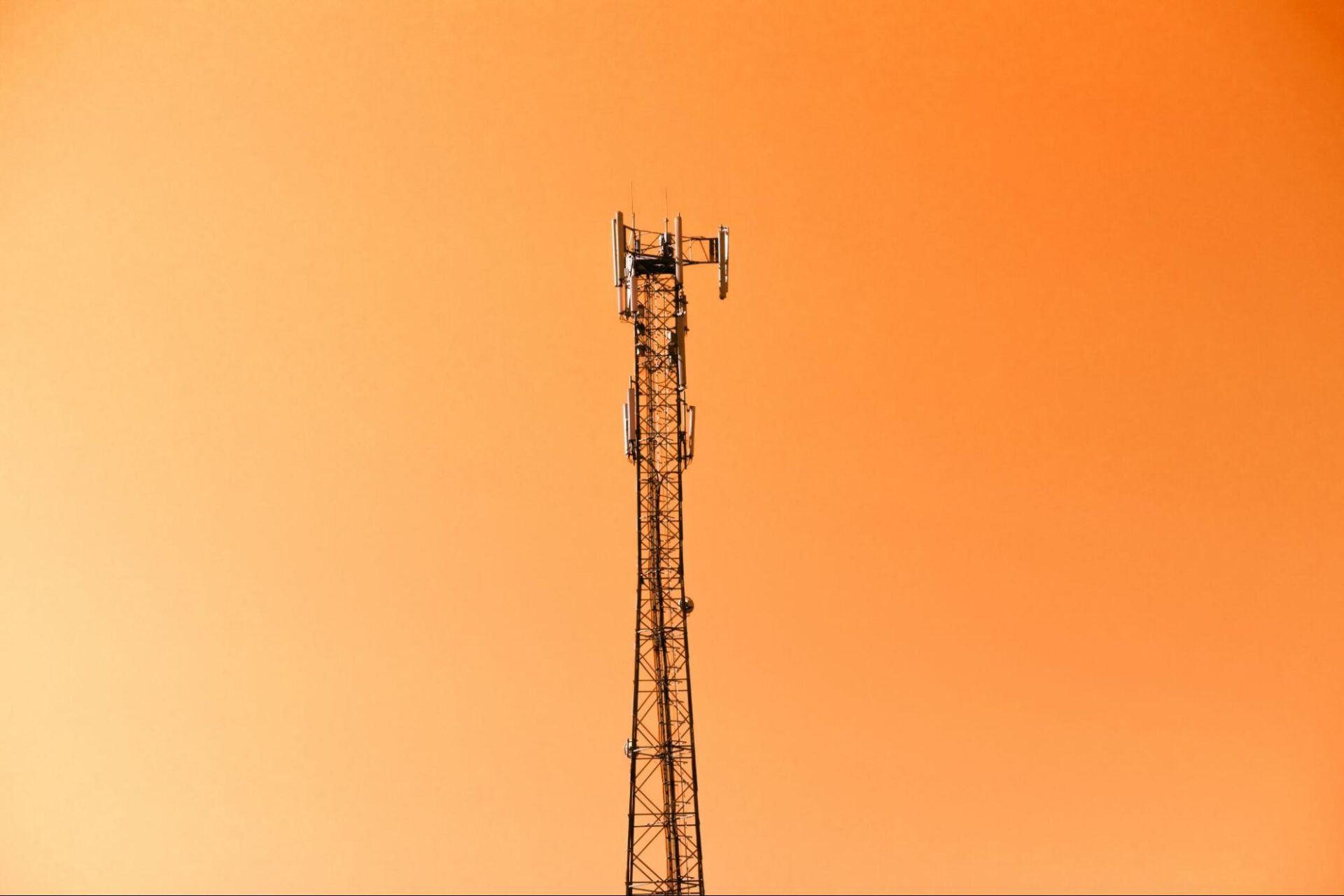Verizon is a wireless telecommunications provider in the United States, but when it comes to their network technology, many people wonder if Verizon uses GSM or CDMA. The answer to this question is that Verizon initially used CDMA (Code Division Multiple Access) technology for its network infrastructure. However, with the advancement of technology and the shift towards global standards, Verizon has also adopted GSM (Global System for Mobile Communications) capabilities.
CDMA and GSM are two different types of cellular technologies used by mobile networks worldwide. CDMA allows multiple users to share the same frequency channel simultaneously by using unique codes to differentiate each call. On the other hand, GSM uses time division multiplexing to separate calls into distinct time slots on a single frequency channel.
While Verizon started with CDMA as its primary network technology, they have made significant strides in embracing GSM capabilities as well. This transition allows them to offer compatibility with international networks and devices that rely on GSM technology.
In conclusion, Verizon supports both CDMA and GSM technologies. While they started with CDMA as their foundation, they have expanded their capabilities to include GSM compatibility for enhanced connectivity options. Whether you have a phone that operates on CDMA or GSM, chances are it will work seamlessly on the Verizon network.
Verizon: A Brief Overview
Verizon is one of the major telecommunications companies in the United States, providing wireless services to millions of customers nationwide. When it comes to the question of whether Verizon uses GSM or CDMA technology, the answer is not as straightforward as one might expect.
- GSM and CDMA: To understand Verizon’s network technology, it’s essential to differentiate between GSM (Global System for Mobile Communications) and CDMA (Code Division Multiple Access). These are two distinct cellular network technologies used by different carriers around the world.
- Historical Background: Historically, Verizon Wireless has primarily operated on a CDMA network. This technology allowed for efficient voice and data transmission over its wireless infrastructure, offering reliable coverage across vast areas in the United States.
- Transition to LTE: In recent years, however, Verizon has undergone a significant transition towards Long-Term Evolution (LTE), which is a standard for high-speed wireless communication. LTE operates on both GSM and CDMA networks but provides improved performance and faster data speeds.
- Dual Connectivity: With this transition to LTE, Verizon now supports both GSM and CDMA technologies simultaneously within its network infrastructure. This means that newer devices released by Verizon are typically compatible with both GSM and CDMA networks.
- Device Compatibility: If you’re using an older device on Verizon’s network, there’s a higher chance that it operates solely on CDMA technology. However, most newer smartphones offered by Verizon have built-in support for both GSM and CDMA networks, ensuring compatibility across different carriers worldwide.
- Global Roaming: Thanks to its adoption of LTE technology, Verizon customers can enjoy seamless global roaming capabilities when traveling abroad. By leveraging partnerships with international carriers operating on GSM networks worldwide, users can stay connected without needing to switch devices or purchase additional SIM cards.
Is Verizon GSM or CDMA
When it comes to mobile technology, understanding the difference between GSM and CDMA can be quite perplexing. Many people often wonder if Verizon is GSM or CDMA. Allow me to shed some light on this topic.

- GSM (Global System for Mobile Communication):
- GSM is a widely used standard for cellular networks around the world.
- It utilizes a SIM card, which stores important information such as phone numbers and account details.
- This flexibility allows users to easily switch devices by transferring their SIM card.
- CDMA (Code Division Multiple Access):
- CDMA is another type of cellular network technology, primarily used in the United States.
- Unlike GSM, CDMA does not require a SIM card for device activation.
- Instead, it relies on internal software programming called MEID (Mobile Equipment Identifier) or ESN (Electronic Serial Number).
Now let’s address the burning question: Is Verizon GSM or CDMA?
Verizon Wireless operates on both GSM and CDMA technologies, but primarily uses CDMA for voice calls. However, since 2014, Verizon has also implemented LTE (Long-Term Evolution) technology for data services. LTE is a global standard that offers faster internet speeds and improved network performance.
Here are some key points to keep in mind:
- If you have a newer smartphone from Verizon, it likely supports both CDMA and LTE networks.
- Verizon’s transition towards LTE ensures compatibility with other carriers that use GSM technology worldwide.
- With the introduction of VoLTE (Voice over LTE), even voice calls are now transmitted using LTE data instead of traditional CDMA networks.
What Network Technology Does Verizon Use?
Verizon, one of the leading telecommunications companies in the United States, operates on a network technology that sets it apart from other carriers. Many people wonder whether Verizon uses GSM or CDMA for its network.
To answer this question, I’ll provide some insights into the network technology employed by Verizon:
- CDMA: Historically, Verizon has primarily relied on CDMA (Code Division Multiple Access) technology for its wireless network. CDMA is a digital cellular standard that allows multiple users to share the same frequency band simultaneously. This technology offers advantages such as enhanced call quality and improved security.
- LTE: However, with the advent of 4G LTE (Long-Term Evolution), Verizon began transitioning towards a more advanced network infrastructure. LTE is a global standard for high-speed wireless communication and is compatible with both GSM and CDMA technologies.
- Verizon’s Hybrid Approach: Today, Verizon utilizes a hybrid approach that combines CDMA and LTE technologies to provide coverage across different areas. While older devices may still rely primarily on CDMA, newer smartphones are equipped with both CDMA and LTE capabilities.
- Compatibility: It’s important to note that while Verizon’s LTE network supports GSM technologies, not all devices are compatible with both networks. Before purchasing or switching to a new device, it’s advisable to check its compatibility with Verizon’s specific requirements.


